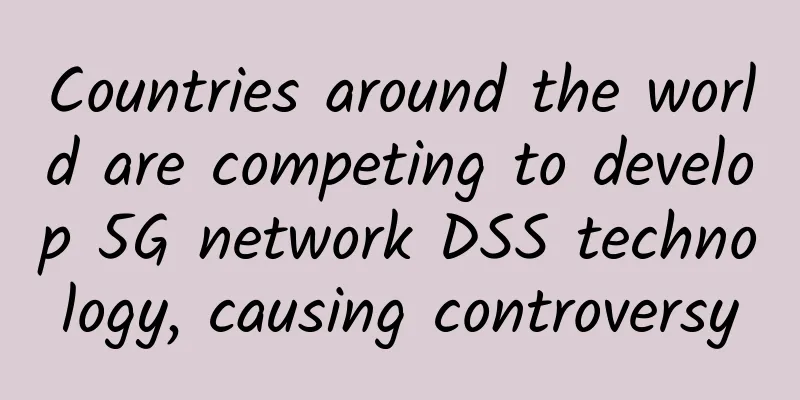Addressing the risk of permanent roaming through network localization

|
Over the past few years, operators and regulators in major countries around the world, including Brazil, Canada, China, India, Australia and the U.S., have become increasingly unfriendly to permanent roaming. This has created significant challenges for IoT device operators who rely on a single mobile network operator (MNO) or mobile virtual network operator (MVNO) agreement to connect devices outside of their home network.
Permanent roamingFor those unfamiliar with the term, "permanent roaming" occurs when an IoT device connects to a network located in a geographic area outside of its "home" market or country. While historically many networks have supported permanent roaming, devices roaming in hostile networks or countries are now at greater risk as operators and regulators take a stab (no pun intended) at unwanted permanent roaming traffic. SafetySecurity is a major factor here, as many regulatory bodies require that the identity of the SIM and data from IoT devices terminate within a country’s borders to meet security requirements. In addition to the security-related risks, roaming is often an expensive option for IoT devices with poor application performance, as most IoT applications do not require a data routing architecture. Fortunately, eSIM/eUICC technology has the potential to solve these problems through network localization. Network localizationNetwork localization eliminates the risk of permanent roaming and improves performance by downloading local network credentials to devices over-the-air (OTA). For example, in the past, when devices were deployed using off-the-shelf SIM technology in a non-home network, the device would roam into that network, incurring expensive roaming charges while suffering from poor network performance. However, by swapping out an off-the-shelf SIM card with certain eSIM/eUICC technologies, the same device can now download local network credentials OTA, minimizing the security risks associated with permanent roaming while addressing network performance issues and reducing costs. |
<<: Latest report: China will account for nearly half of the world's 5G connections in 2025
>>: Analysis of the reasons for IP address blocking and the help of IP proxy for IP restriction
Recommend
South Korea's 5G users will reach tens of millions! It is important to drain the "water"
As the core of the new generation of communicatio...
IonSwitch: $1.75/month KVM-1GB/10G SSD/1TB/Idaho
IonSwitch is a foreign VPS hosting company establ...
Apple Pay enters China: Alipay and WeChat face off
[[180184]] ApplePay On February 18, Apple Pay off...
5G cannot enhance industry?
There are already more than 1,100 “5G+Industrial ...
Solutions for 5G Network Security Threats
With the support of artificial intelligence techn...
5G Network as a Service (NaaS): How 5G enables telecom operators to monetize their networks
5G provides a large number of new applications fo...
ChatGPT and 5G messaging: the perfect combination of new artificial intelligence and new communications
At present, the hottest topic is none other than ...
2020 is already halfway through, how far is 5G from a full-scale outbreak?
In 2019, we often heard the industry say that 201...
Google and Facebook to build new submarine cable connecting Japan and Southeast Asia in 2024
On August 16, Google and Facebook jointly announc...
Have you used 5G? Wang Jianzhou: 6G network will be commercially available in 2030
According to Sina Technology, at the 2021 Technol...
Huawei HC releases AIOps series cloud services to enable intelligent transformation of new infrastructure operations and maintenance
[51CTO.com original article] On September 25, 202...
5 Network Troubleshooting Software, Which One Do You Use?
By using a handy network troubleshooting app, you...
RAKsmart: $59/month-2*E5-2620v2/32GB/1TB/50M bandwidth/South Korea server
Thanks to the advantage of physical distance, mos...
SKT launches online-only plans for 5G and 4G customers
South Korean telecom operator SK Telecom recently...
Enlightenment on using Smallcell to solve deep network coverage in the post-5G era
1. Current status of network coverage in the post...









